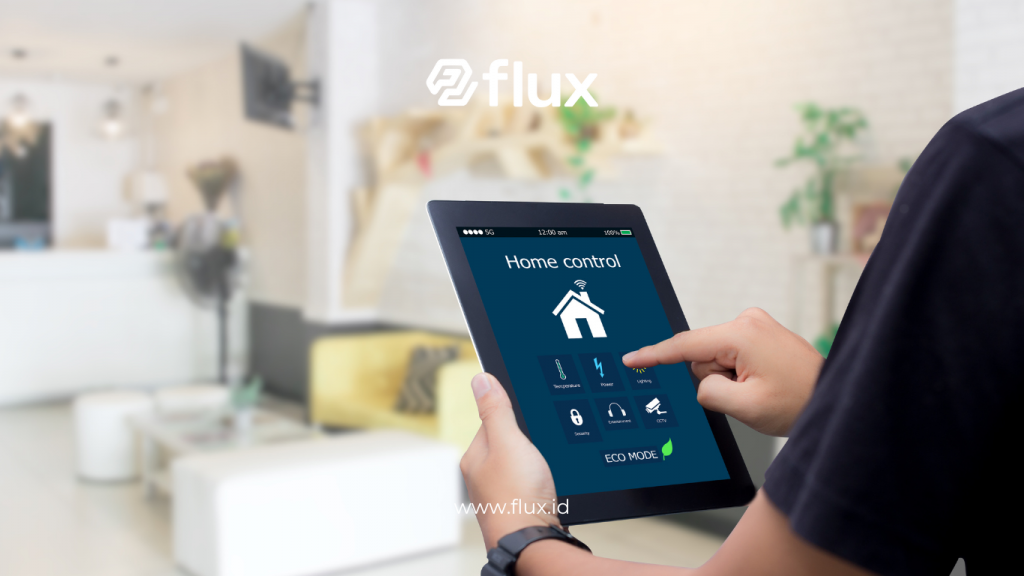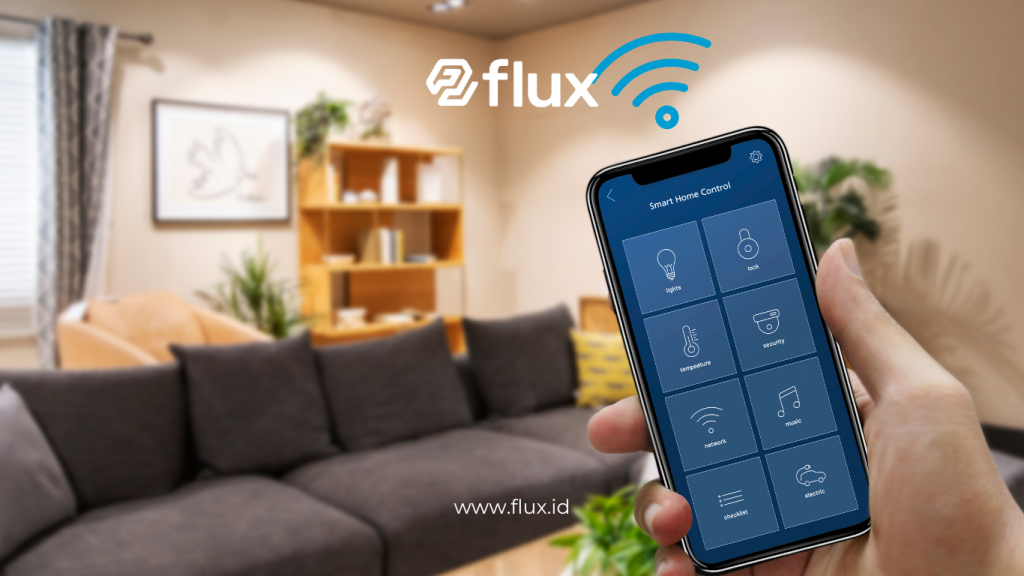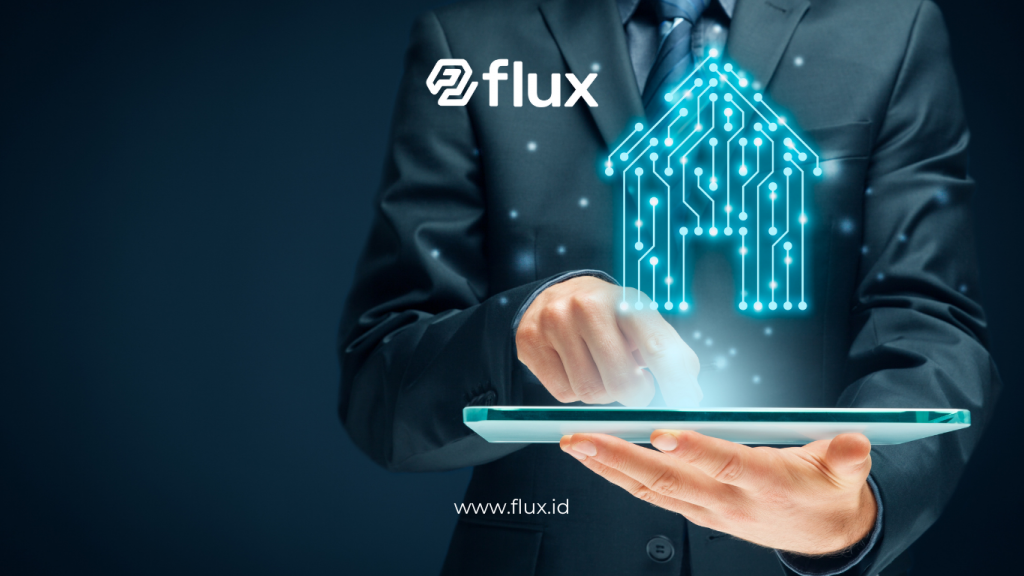Don't miss our holiday offer - 20% OFF!
Smart home technology has become an unavoidable trend in modern times. By integrating the Internet of Things (IoT), smart homes offer unparalleled comfort, energy efficiency, and security. This article will explore why smart homes are becoming increasingly popular, how IoT influences daily life, and the benefits it provides to modern homeowners.
Contents
1. What Are Smart Homes?

Read More: Easily Manage Your Home: IoT as a Smart Home Solution
Definition and Key Components
A smart home is a residence equipped with automation devices connected through an IoT network. Its key components include:
- IoT Devices: Such as smart lights, thermostats, security cameras, and smart door locks.
- Control Applications: Typically mobile apps to manage the devices.
- Virtual Assistants: Like Amazon Alexa or Google Assistant for voice control.
Examples of Smart Home Features
- Automated Lighting: Lights that turn on and off based on occupancy.
- Advanced Security: Smart cameras and alarms connected to smartphones.
- Energy Management: Smart thermostats that adjust temperatures automatically.
2. The Impact of IoT on Modern Life
a. Time and Energy Efficiency
IoT allows devices to work synchronously, saving time and energy. For example:
- Scheduling Tasks: Home appliances like washing machines can be programmed to run during off-peak electricity hours.
- Device Automation: Electronics and lights turn off automatically when not in use.
b. Enhanced Security
IoT provides more sophisticated security solutions:
- Surveillance Cameras: Send real-time notifications when detecting suspicious activities.
- Smart Locks: Allow doors to be unlocked using fingerprints or apps.
c. Seamless Connectivity
Smart homes enable seamless connectivity between devices, creating an ecosystem that works together to enhance the homeowner’s convenience.
3. Why Are Smart Homes Becoming Popular?

Read More: IoT and Smart Homes: Bringing Innovation to Every Corner of Your Home
a. Advancements in IoT Technology
The development of IoT has made smart home devices more affordable and accessible. The widespread use of smartphones and stable internet connections further accelerates adoption.
b. Awareness of Energy Efficiency
Smart homes help reduce excessive energy consumption through efficient automation features, such as:
- Turning off unused devices.
- Optimizing electricity usage based on need.
c. Enhancing Modern Lifestyles
Smart homes reflect modern lifestyles prioritizing convenience and efficiency. Virtual assistants enable control over the home with just voice commands.
4. Benefits of Smart Homes
a. Convenience
Smart homes allow residents to control all devices via a single app, such as:
- Adjusting room temperature remotely.
- Turning on lights before arriving home.
b. Security
IoT devices like surveillance cameras, motion sensors, and alarms provide peace of mind. Some features even allow homeowners to monitor their property from anywhere.
c. Cost Efficiency
While requiring an initial investment, smart homes can lower long-term electricity bills through better energy management.
5. Challenges and Concerns

Read More: Smart Homes of Today: Using IoT for a More Connected Lifestyle
a. Implementation Costs
Smart homes require specific devices that may be expensive for some users. However, prices are gradually decreasing as adoption increases.
b. Data Security
High connectivity between devices brings data security risks, such as hacking. It is crucial to use devices with robust security protocols.
c. Dependence on Internet
Smart homes rely heavily on internet connectivity. Network disruptions can cause devices to malfunction or operate inefficiently.
6. The Future of Smart Homes
a. AI Integration
Artificial intelligence (AI) will further enhance smart homes. AI can learn user habits to deliver more personalized experiences.
b. Wider Adoption
With device prices becoming more affordable, smart homes are expected to become the standard for modern residences in the coming decades.
c. Continuous Innovation
Tech companies are continuously developing new smart home solutions, such as robotic assistants, biometric security systems, and energy-saving devices.
Conclusion
Smart homes have revolutionized the way people live their daily lives. With IoT technology, smart homes provide convenience, security, and energy efficiency that not only simplify activities but also create a more modern and eco-friendly lifestyle. While challenges like implementation costs and data security exist, the benefits make smart homes an attractive choice for the future.
Are you ready to transform your home into a smart home?





